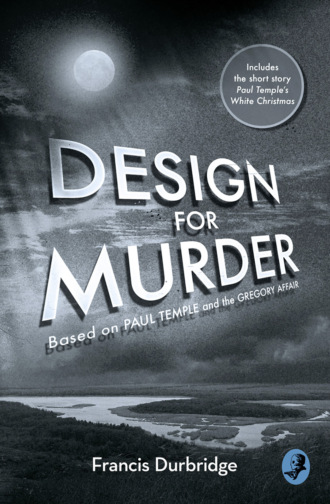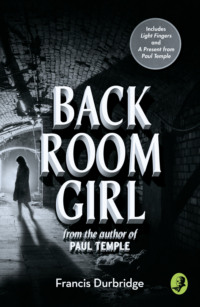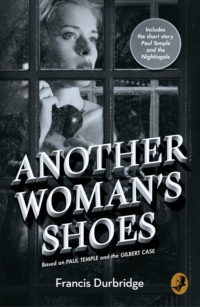Design For Murder: Based on ‘Paul Temple and the Gregory Affair’

Полная версия
Design For Murder: Based on ‘Paul Temple and the Gregory Affair’
Язык: Английский
Год издания: 2019
Добавлена:
Настройки чтения
Размер шрифта
Высота строк
Поля
Конец ознакомительного фрагмента
Купить и скачать всю книгу



